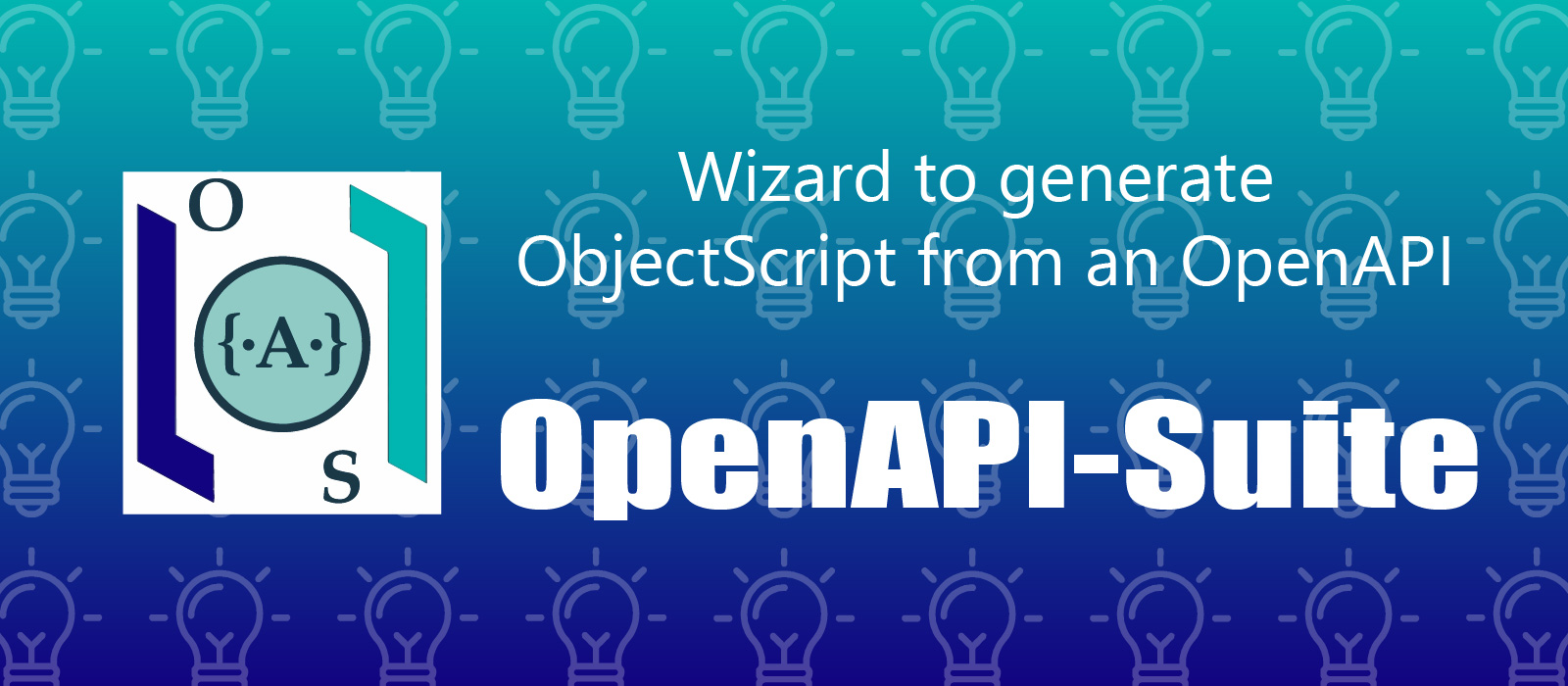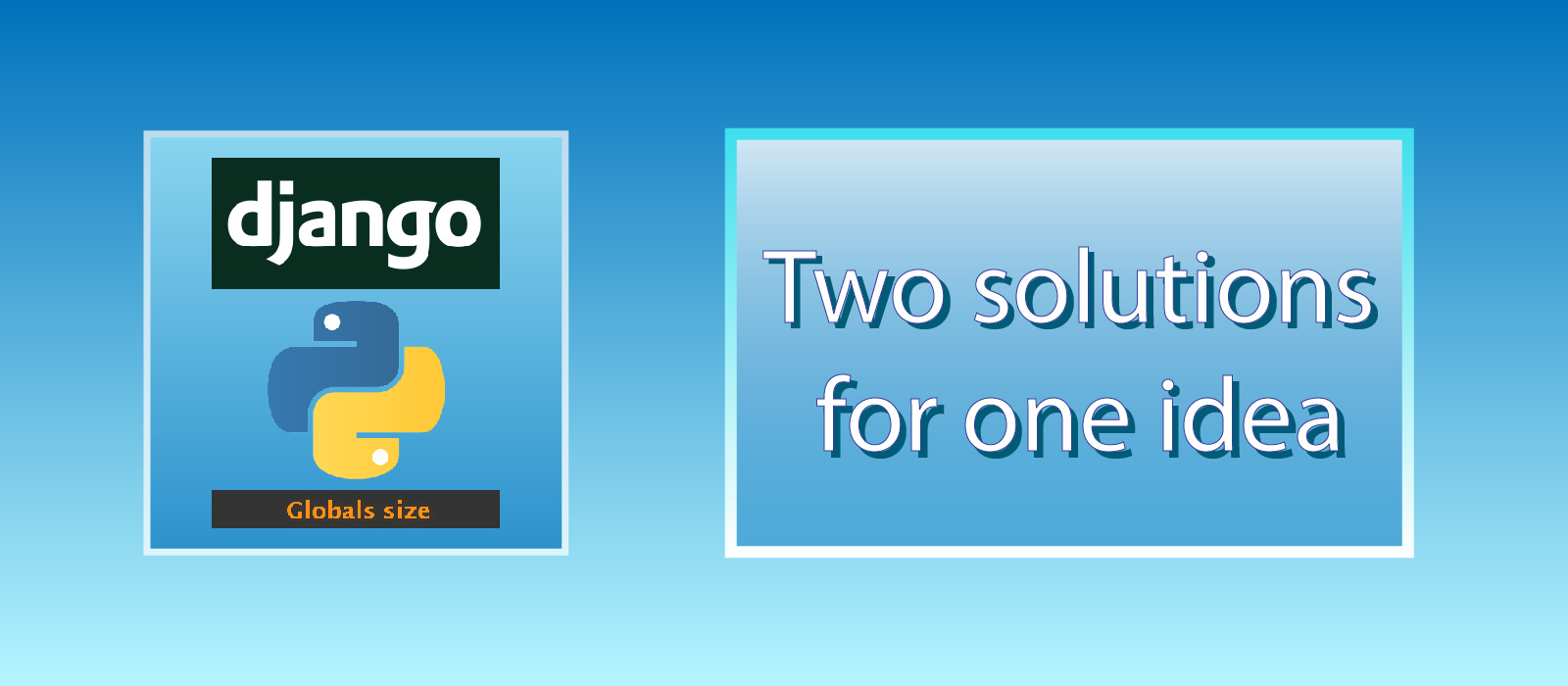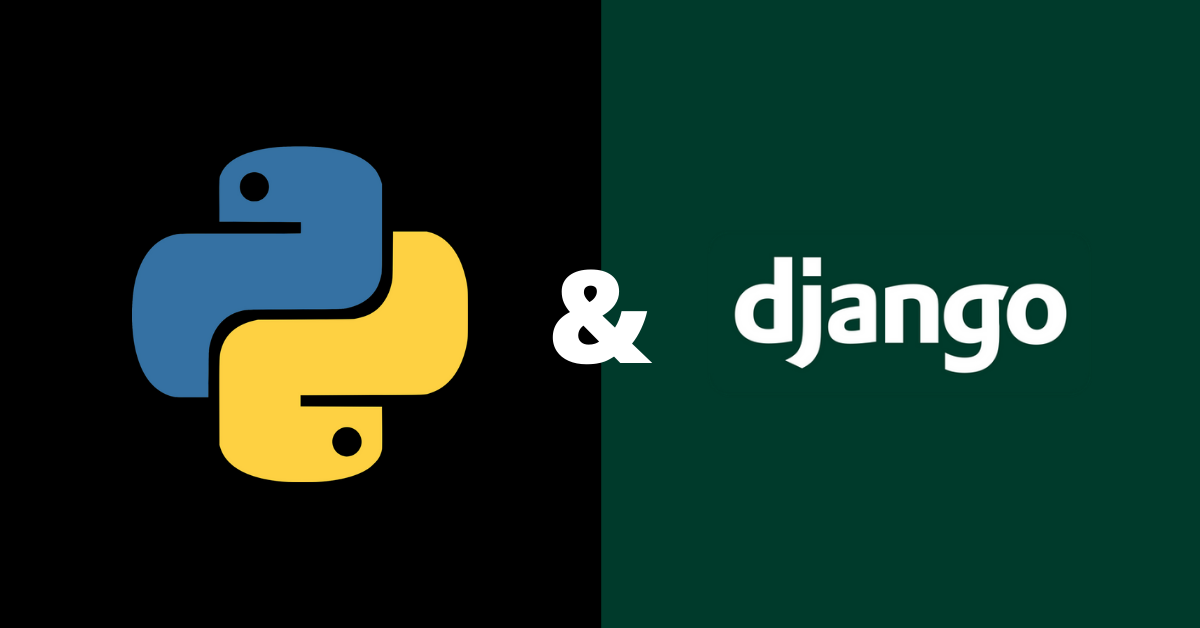This article is part of a series showcasing the implementation of ideas from the Ideas Portal, where innovative concepts come to life!
Many InterSystems IRIS developers frequently need to create unit tests for ObjectScript classes — a process often done manually. The iris-tripleslash application revolutionizes this by automatically generating unit test classes with test methods for all the class methods of the original class. Developed by the talented Musketeers team — @José Pereira, @Henrique Dias, @Henry Pereira — this tool was inspired by an idea shared by @Evgeny Shvarov on the Ideas Portal: "Add a project that helps to generate unittests for an ObjectScript class".




.png) and
and 
.png)



.png)

